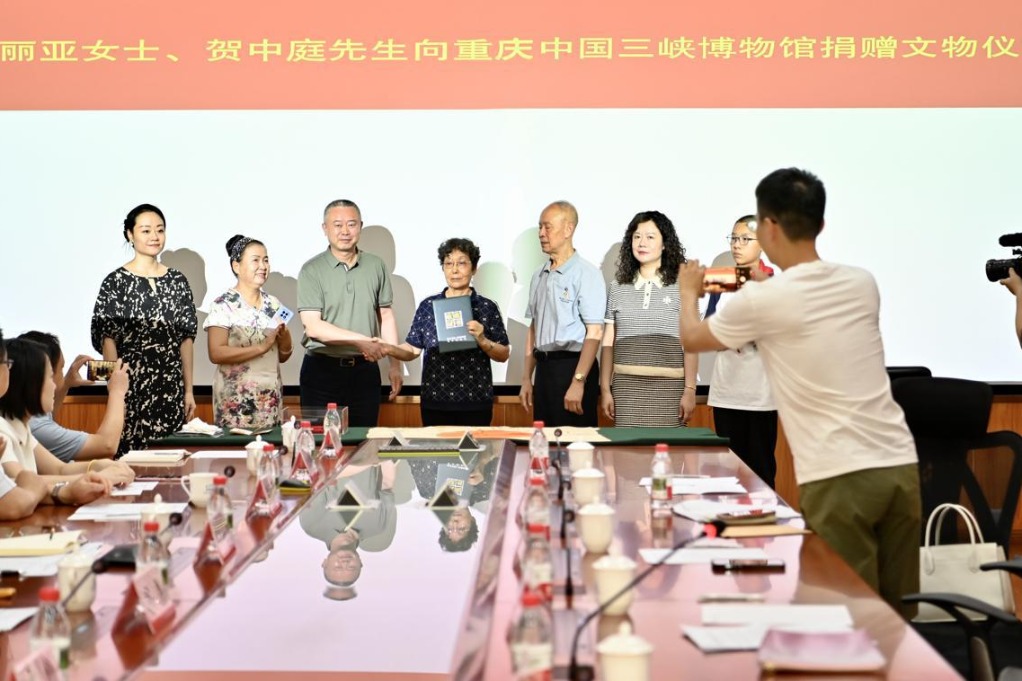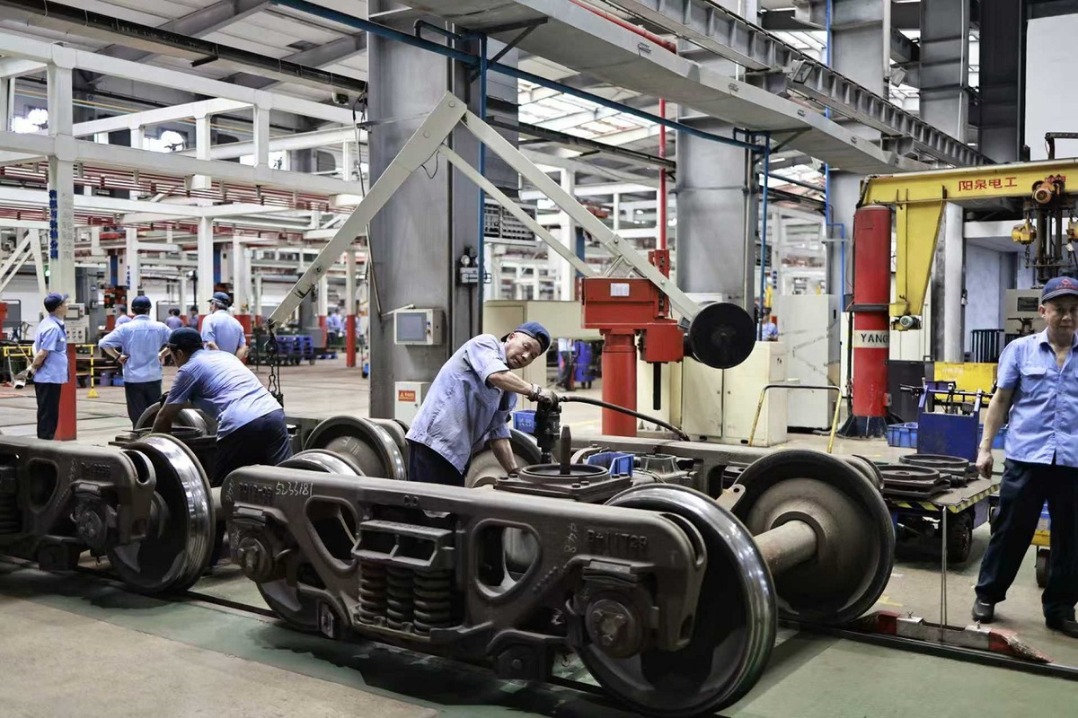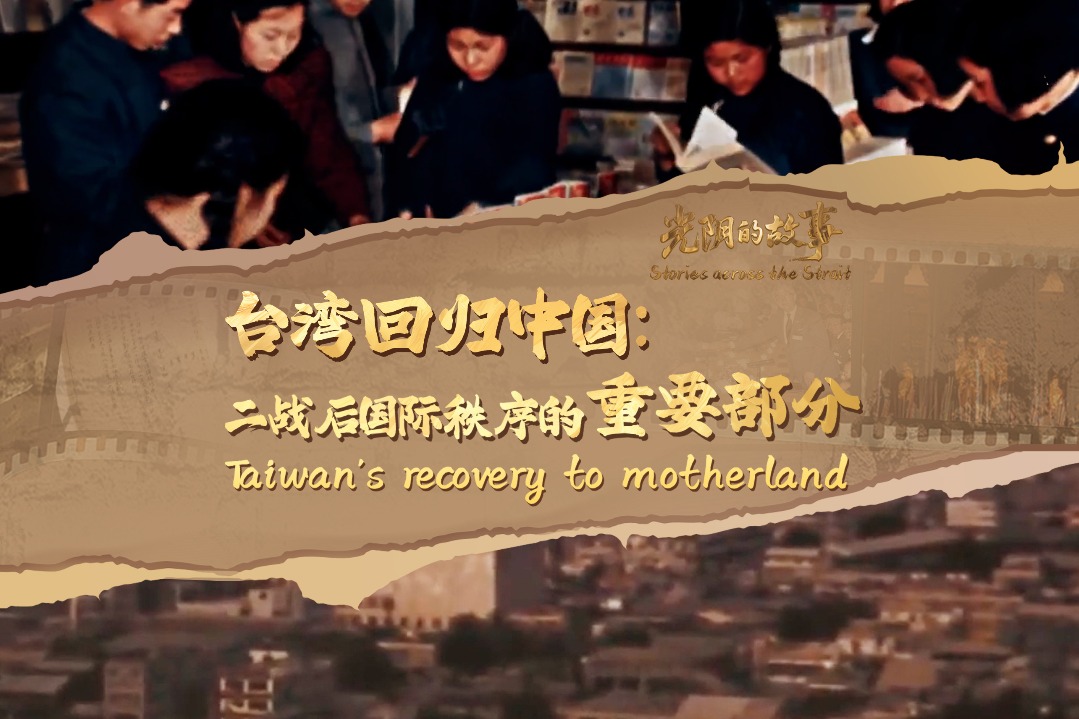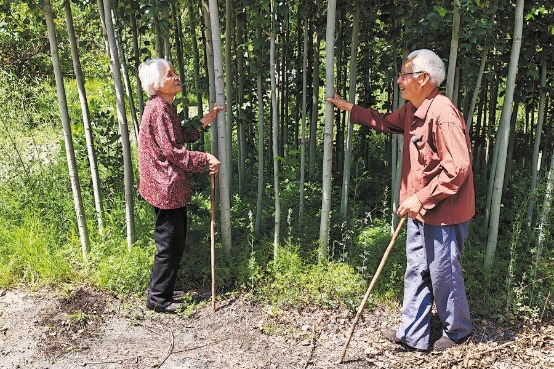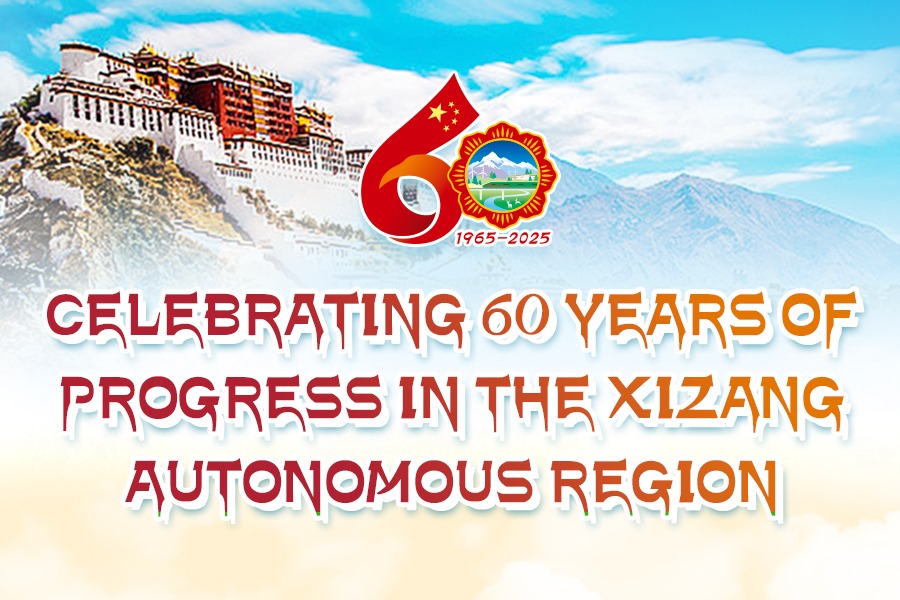Mining areas' restoration enhanced
Revised law promotes efforts to achieve green, sustainable, high-quality growth

China has ramped up efforts to protect and restore mining areas, emphasizing green, sustainable and high-quality development in the sector under a revised Mineral Resources Law that took effect on Tuesday.
For the first time, the law includes a dedicated chapter on ecological restoration in mining areas at the national legislative level, Lu Lihua, deputy director-general of the land space ecological restoration department at the Ministry of Natural Resources, told a news conference on Friday.
"This chapter outlines clear provisions for ecological restoration, providing a robust legal guarantee for systematically rebuilding the governance system for ecological restoration in these regions," Lu said.
The revised law, composed of 80 articles across eight chapters, modifies nearly every item to align with the new circumstances and requirements for mineral resources exploitation and protection, said Zhuang Xiaoyong, deputy director of the economic law department at the Legislative Affairs Commission of the National People's Congress Standing Committee.
The law requires the integration of natural and artificial restoration efforts in mining areas, following principles of adapting to local conditions, scientific planning, systematic management and reasonable utilization.
Mining right holders are required to fulfill ecological restoration obligations if mining activities cause environmental damage, even after mining rights expire. In the event that mining areas are abandoned or the responsible party cannot be identified, local governments at or above the county level are responsible for organizing restorative work, with private sector participation encouraged.
According to the amended law, before mineral extraction can take place, mining rights holders must submit a plan for ecological restoration that should include specific measures for tailings ponds, along with the mining plan for approval. Restoration should proceed concurrently with mining if possible, or within a reasonable period after mining activities conclude, Zhuang said.
Local governments are tasked with strengthening coordination and supervision of ecological restoration, ensuring it aligns with pollution prevention, soil and water conservation, and vegetation restoration to improve environmental outcomes. Local natural resources departments are also responsible for supervising the allocation and use of restoration funds.
Lu said the ministry is drafting guidelines to support the law's implementation, focusing on technology-driven restorative approaches that are tailored to local conditions.
Gutian county in Ningde, Fujian province, was among the first batch of exemplary cases of ecological restoration in mining regions announced by the ministry last year. The county used techniques such as subsequent filling mining and ore selection to enhance extraction efficiency, reduce tailings storage and minimize damage to surface vegetation.
In Shandong province, sediment from the Yellow River was used to fill coal collapse areas, achieving a land reclamation rate of 100 percent, with potential restoration to farmland within one to three years.
First enacted in 1986, the Mineral Resources Law was previously amended in 1996 and 2009 before its revision and adoption at the 12th session of the NPC Standing Committee last year.
limenghan@chinadaily.com.cn
- Media center for victory anniversary events to open on Aug 27
- Rabbits and cavies in spotlight at Shanghai Pet Fair Asia
- Over 800m railway journeys made during China's 2025 summer travel rush
- Second round of recall votes targeting Kuomintang lawmakers fails
- Audit finds disbursement of pension benefits to deceased individuals in Shandong
- China's new deep-sea explorer Haiqin completes mission in South China Sea

















